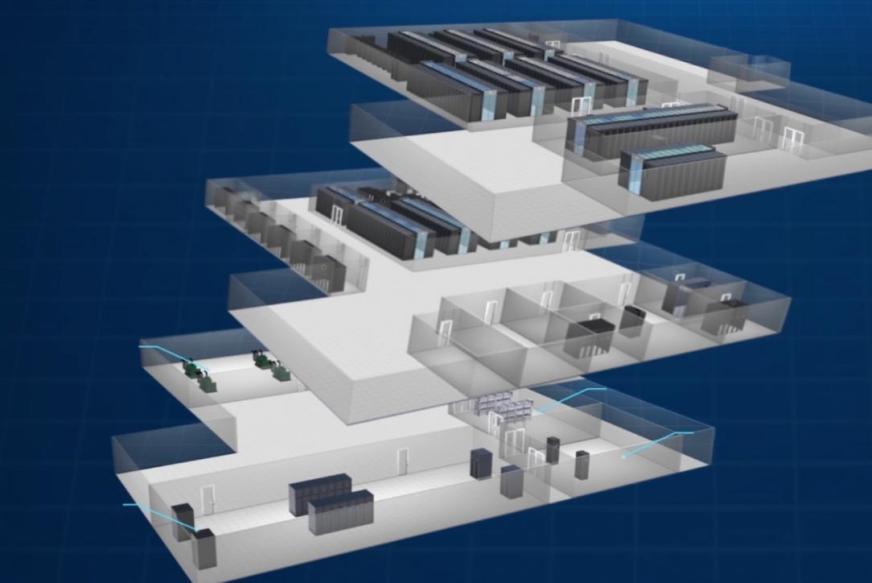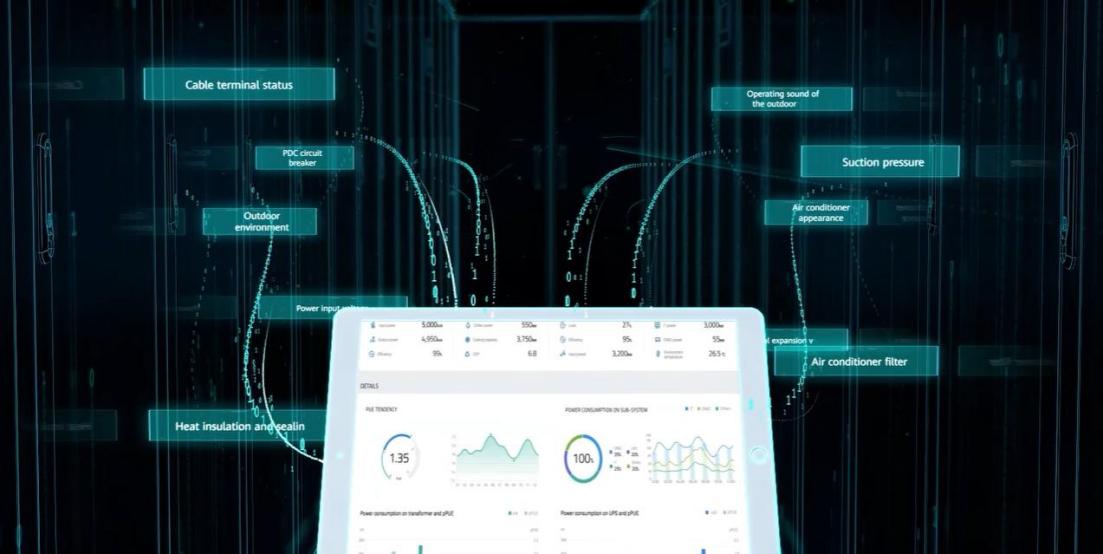Data centers are the heartbeat of our digitally-driven world, requiring meticulous management to ensure seamless operation. Data Center Infrastructure Management (DCIM) emerges as a pivotal tool enabling organizations to streamline and optimize their data center operations. By providing comprehensive visibility and control over various data center components, DCIM system plays a crucial role in achieving efficiency, reliability, and sustainability. This blog post delves into what DCIM is, its key features, and how it enhances operational efficiency, helping you choose the right solution for your data center needs.

What is DCIM and Why It Matters?
The Evolution of Data Center Infrastructure
Traditional data centers operated in silos, with various systems working independently. Over time, the need for more integrated and efficient management practices has led to the development of DCIM, which consolidates all aspects of data center management into a single platform. This evolution has enabled data centers to move from manual processes to automated, intuitive systems that enhance performance and reduce human error.
The Role of DCIM in Data Center Optimization
DCIM serves as the cornerstone of data center optimization by integrating IT and facility management. It provides valuable insights into power consumption, environmental conditions, and asset management, allowing administrators to make informed decisions. By leveraging these insights, data centers can achieve higher operational efficiency, lower costs, and improved reliability.
Benefits of Using DCIM for Monitoring and Control
The advantages of DCIM extend beyond basic monitoring. It enables real-time data collection and analysis, predictive maintenance, and streamlined operations. With DCIM, data centers can preemptively address issues, optimizing performance and ensuring that resources are utilized effectively. This translates to reduced downtime, extended equipment life, and better overall performance.
Key Features of DCIM Systems
Real-Time Monitoring and Reporting
DCIM systems offer real-time monitoring of critical data center metrics, such as temperature, humidity, and power usage. This continuous monitoring allows for immediate identification and resolution of issues, ensuring that the data center operates within safe and optimal parameters. Additionally, comprehensive reporting capabilities provide detailed insights that help in trend analysis and informed decision-making.
Energy Management and Sustainability
With rising energy costs and a growing emphasis on sustainability, DCIM’s energy management capabilities are indispensable. These systems monitor and optimize energy usage, identifying inefficiencies and suggesting corrective actions. By implementing these optimizations, data centers can significantly reduce their energy consumption, contributing to both cost savings and environmental sustainability.
Automated Alerts and Proactive Maintenance
One of the standout features of DCIM is its ability to provide automated alerts and support proactive maintenance. These alerts notify administrators of potential issues before they escalate, allowing for swift resolution. Proactively maintaining equipment reduces the likelihood of unexpected failures, ensuring consistent uptime and reliability.
How DCIM Enhances Operational Efficiency
Optimizing Resource Utilization
DCIM allows for precise tracking and management of data center resources, including power, cooling, and space. By optimizing the use of these resources, data centers can ensure that they are not over-provisioned or under-utilized, leading to cost savings and improved efficiency.
Reducing Downtime and Minimizing Risks
One of the primary goals of DCIM is to minimize downtime. Through real-time monitoring, automated alerts, and predictive analytics, DCIM helps preclude issues that could lead to outages. By enabling quick, informed responses to potential threats, data centers can maintain high availability and reliability.
Improving Capacity Planning and Scalability
DCIM provides essential data that aids in capacity planning and scalability. By analyzing current usage patterns and predicting future needs, data centers can plan expansions and upgrades more effectively. This proactive approach ensures that the infrastructure can scale seamlessly to meet growing demands without compromising on performance.

Choosing the Right DCIM Solution for Your Data Center
Key Criteria to Look For in a DCIM Solution
Selecting the right DCIM solution requires careful consideration of several factors. Key criteria include ease of integration with existing systems, scalability, user-friendliness, real-time monitoring capabilities, and comprehensive reporting features. Ensuring that the solution meets these criteria will maximize its effectiveness and return on investment.
Comparing Popular DCIM Solutions on the Market
Several DCIM solutions stand out in the market, each with unique features. Comparing options like Huawei’s NetEco 6000 DCIM solution can help you identify the best fit for your needs. Each of these solutions offers different strengths, from heightened security features to advanced energy management, so it’s essential to align the choice with your specific requirements.
Conclusion
DCIM represents a crucial component of modern data center management, offering the tools necessary for efficient, reliable, and sustainable operations. By understanding its evolution, features, and benefits, and carefully selecting the right solution, data centers can achieve significant performance improvements. The journey to optimized data center control begins with embracing the power of DCIM, ensuring that your infrastructure is well-equipped to handle current demands and future growth.
